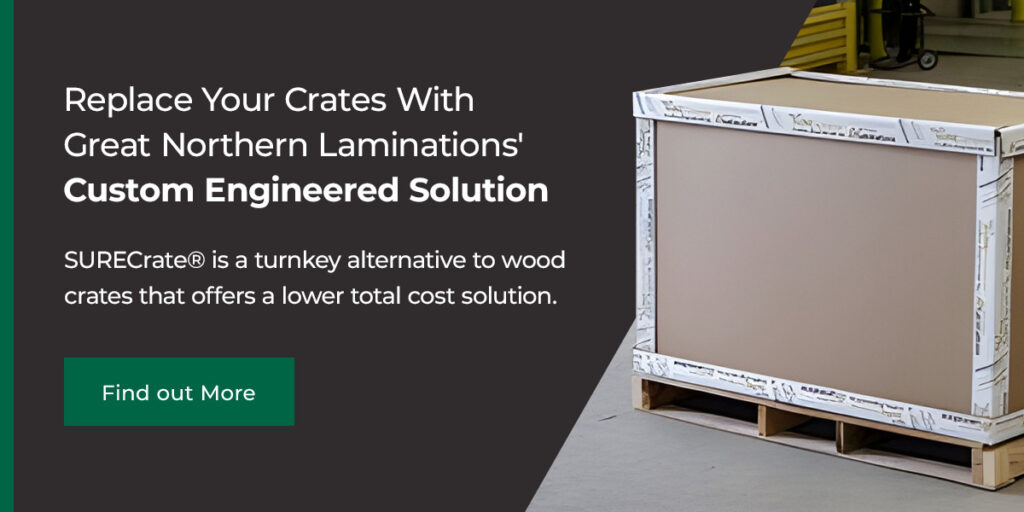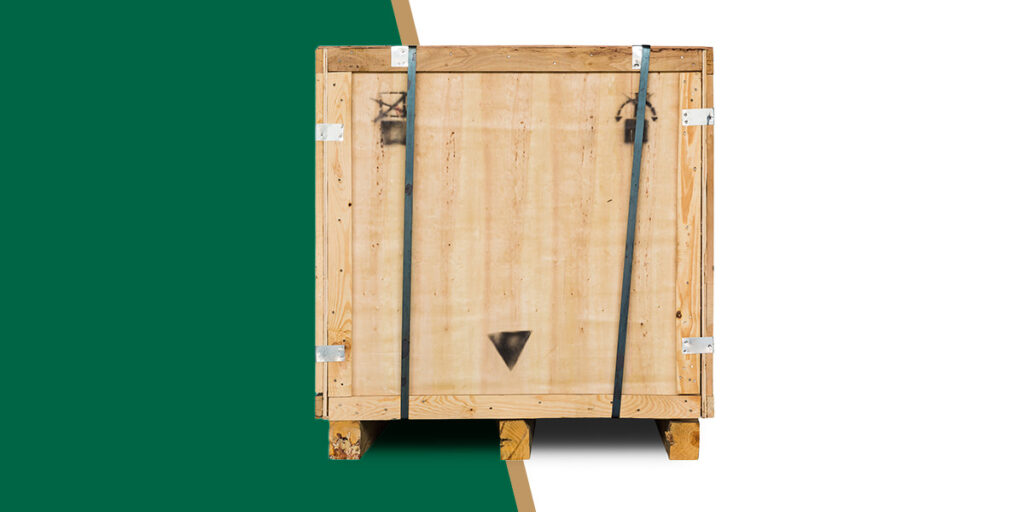
Wood crates are typically used to transport fragile, heavy or unusually shaped goods from one place to another. The main benefits of these crates are their durability, customization and sustainability. Due to the sturdy nature of wood, many manufacturers also use them for their stacking strength. Packaging has substantially advanced in recent years, but many industrial companies still use wooden crates because of their familiarity. Some businesses are unaware that alternatives may offer more protection, greater efficiency and greater cost-effectiveness.
Is wood crating still the best option? Let’s look at the benefits, disadvantages and alternatives to wood shipping crates for those looking for innovative packaging solutions.
Benefits and Disadvantages of Wooden Crates
Even though wooden crates are still a preferred packaging solution for some companies, you’ll have to determine if it’s right for your shipping needs.
Wood crating is popular for these beneficial qualities:
- Longevity: Companies can reuse wooden crates repeatedly, allowing them to save money over time
- Repairability: In most cases, wooden crates can be repaired if they break
- Robustness: Wood is a strong material that can carry heavy loads and protect items inside the crate
- Recyclability: Scrap wood from a crate can be used for other projects
- Stackable: Even if the products inside the crates are heavy, wooden crates are strong enough to be stacked on top of one another
Even though wooden crates have many benefits, they have their fair share of disadvantages.
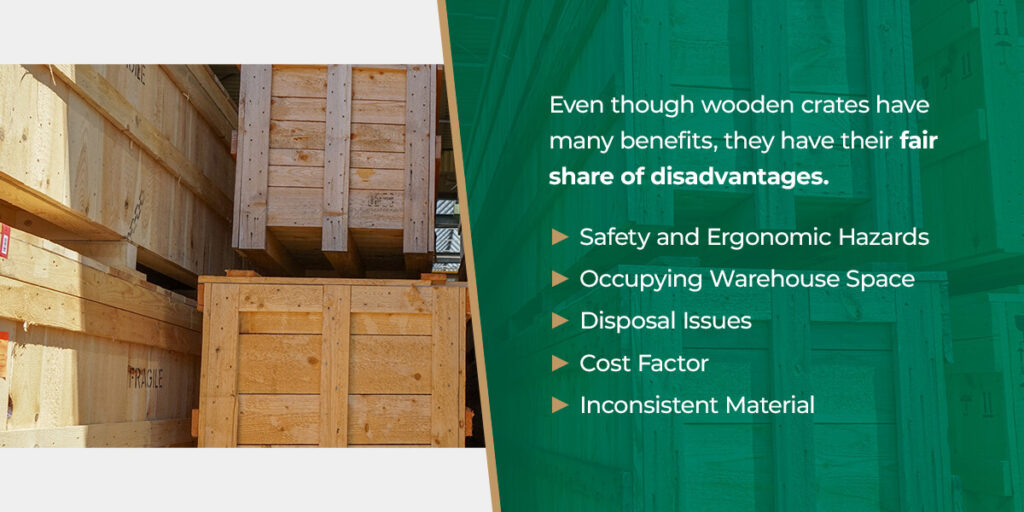
Safety and Ergonomic Hazards
Customizing wood crating is dangerous. It requires saws, pneumatic nailers and other tools — all of which create opportunities for employees to injure themselves. Wood can be heavy, labor-intensive and time-consuming to convert into shipping crates. Exposed nails and screws can potentially cause injuries or hinder these crates’ movement.
Furthermore, wooden crates can be extremely heavy with the loads they can carry. This is a challenge when you are trying to move multiple containers. Lifting heavy containers manually places stress on muscles and may lead to back injuries such as muscle strain. Thus, you’ll need lifting equipment to move wooden containers around your facility.
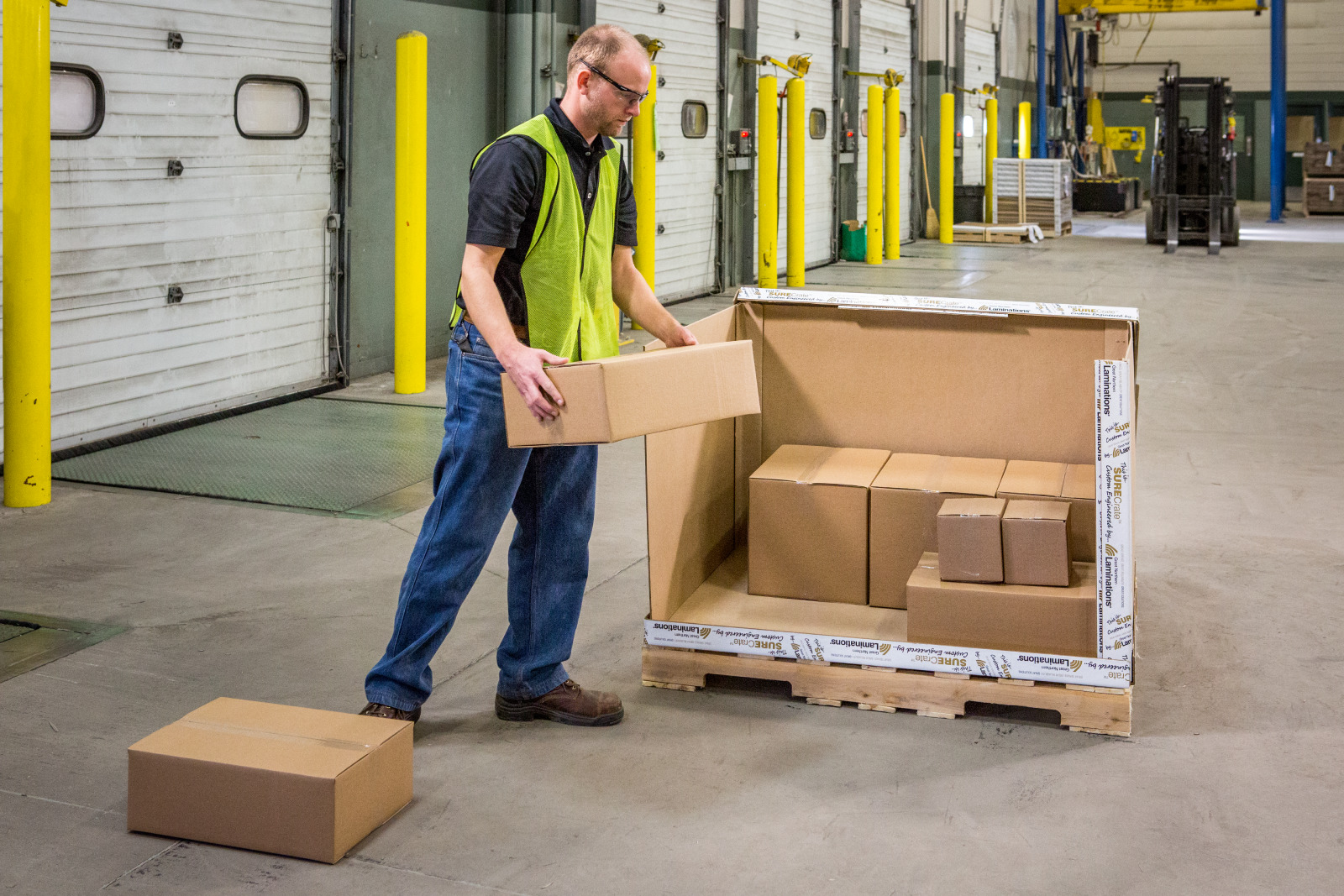
Occupying Warehouse Space
Traditional wooden crates can take up a lot of transportation and warehouse space. Less space during transit means fewer products are shipped, meaning fewer products are sold. Since wooden crates can’t be disassembled, some manufacturers store them outside to save precious warehouse space. Unfortunately, this exposes the wood to the elements and can lead to mold and mildew growing during warmer months.
Disposal Issues
One of the biggest complaints about wood crating is how hard it is to dispose of. Disposing of wooden crates takes a lot of time and effort. This may even require paying someone to have it ground up or put in a landfill. However, even though wood is biodegradable, it can take up to 15 years for wood to decompose in landfills, depending on the type of treatment it receives.
Cost Factor
Although wood is more cost-effective compared to plastic and metal, it can still be expensive depending on the type of wood used. Sturdy wooden crates provide more protection but cost more. If shipping internationally, you must also pay for heat treating the wood beforehand. You also need to consider how long it takes employees to assemble wooden crates.
Inconsistent Material
Wood can be a very inconsistent material with knots, splitting and warping. These irregularities result in lost time to pull bad boards or, if used, can reduce the strength of the wood and overall protection that’s provided. Wooden crates must be treated regularly to avoid these issues caused by potential pathogens or moisture levels, costing extra time and effort.
Wooden Shipping Crate Alternatives
With the advancements in packaging, it’s time to reassess and determine if alternatives to wood shipping crates can help offer more protection, greater efficiencies and be more cost-effective. Corrugated shipping crates — or heavy-duty paperboard crates — are a great low-cost solution to wood. Their benefits include:
- Their lower weight reduces shipping costs
- They can be stored flat, taking up less space in warehouses
- Paperboard crates are pest-free
- They’re easier to recycle
Another great wood crate replacement is the SURECrate®, which is made out of 100% recycled laminated paperboard. It’s a low-cost solution for shipping heavy or hard-to-box items.
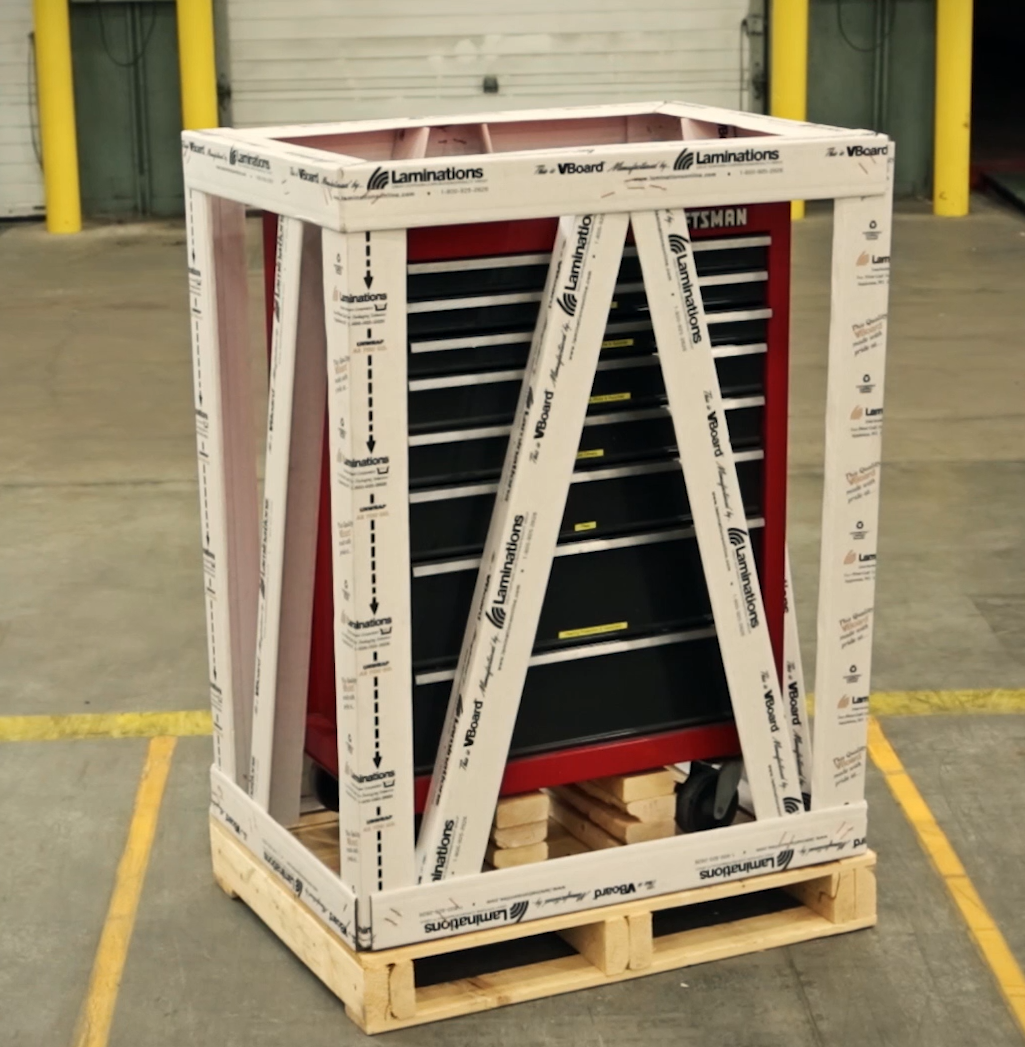
Replace Your Crates With Great Northern Laminations®’ Custom Engineered Solution
SURECrate® is a turnkey alternative to wood crates that offers a lower total cost solution to packaging and shipping large or irregular products. Our crate and ergonomic container solutions can be built around your products, making them safer to handle and move around. Additionally, we have different types of corner and edge protection products for packaging so you can store your products easily and efficiently.
Need more information on how we can help you with your shipping crate needs? Fill out our online form today and one of our representatives will get in touch!

